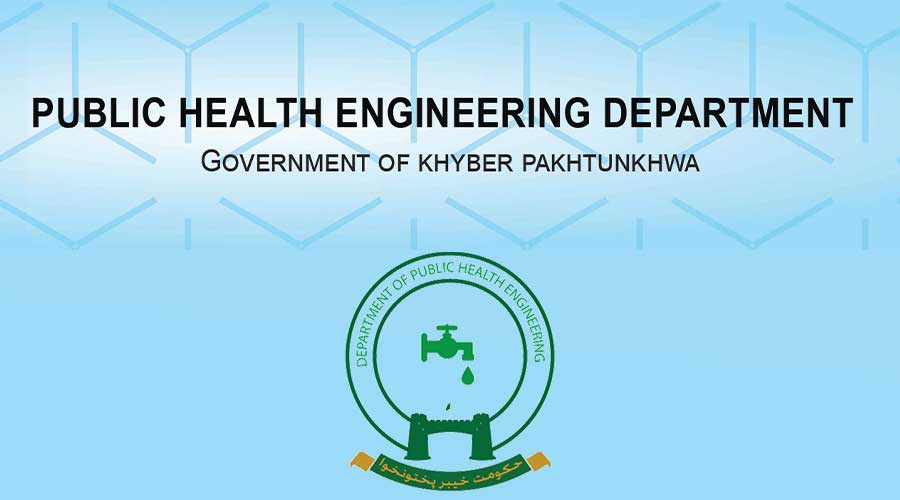The government of Khyber Pakhtunkhwa has introduced e-Tendering and e-Bidding system in the Public Health Engineering Department (PHED) so that the department’s overall efficiency may be improved.
Read more: Khyber Pakhtunkhwa okays cheap electricity for agriculture, industries
Ensuring transparency in its routine business and facilitating the general masses, KP government introduced e-Tendering and e-Bidding system in PHED. The PHED will also introduce e-Work Order, Online Tender Tracking System, and an online system for water connections soon.
The meeting was supervised by KP Chief Minister (CM) Mahmood Khan, where a detailed briefing was provided about the organizational structure, existing strength, overall performance, reforms initiatives, ongoing and new developmental projects, issues, and other matters of the department.
Moreover, it was further told in the meeting about the draft of the Revised Drinking Water Policy had been finalized. The draft of the sanitation policy had been prepared, also submitted to a working group.
A complaint center had been established at the headquarter of the department in order to make sure the efficient delivery of services and the complaint center in each PHE division is being established.
Furthermore, the meeting was informed regarding the initiatives undertaken for water quality monitoring that almost 8 eater quality testing labs and 8 mobile labs were established. Also, a water quality profile for five districts had shown that of 8,300 water samples randomly tested, 87 percent was found fit.
The annual development programme (ADP) was also discussed during the meeting where a total of 77 schemes for settled areas and 71 schemes for merged areas were reviewed that had been the part of the current annual development programme out of which 9 schemes were completed while 60 schemes are still pending for their completion.
However, it will not be out place to mention here that fund utilization against the releases for settled districts was 72 percent while 33 percent of funds released for merged areas were also utilized.





















